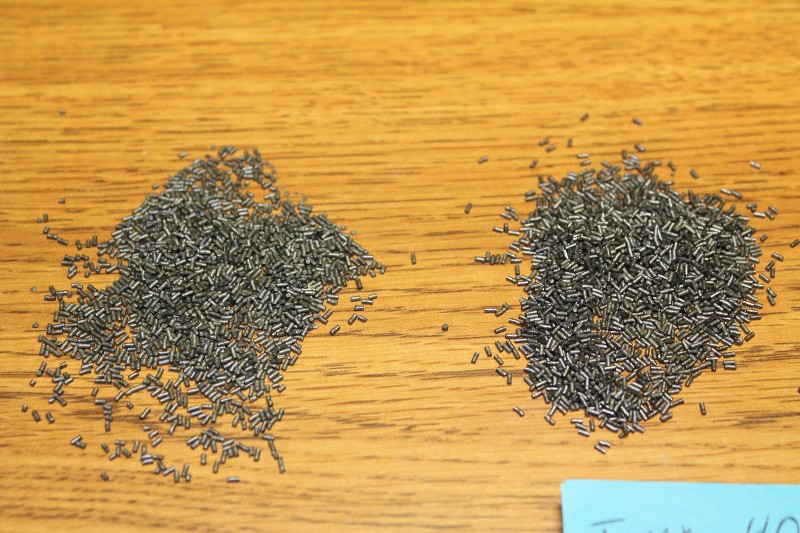Jwrowland77,
Actually it is the canister grade powder sold to reloaders that is blended to keep its burn rate consistent enough for published load data to remain valid. High volume commercial loaders generally buy the unblended bulk grade powder because it's cheaper, and they can adjust to its wider burn rate variability with a pressure test gun, so they have no recipe reliance. The blending, incidentally, is not with different kinds of powder. It's with a held back lot of bulk powder of the exact same number that happened to turn out extra fast or extra slow, depending which way the burn rate needs to be adjusted.
Blake6422,
30Cal has it right. As long as you match the bullet and velocity of the commercial loads and maybe match the same rifling pitch in your barrel, those things are all that could matter to a sight's built-in trajectory information. You don't have to use any of the same load components except the bullet.
The proper name for the ballistics of trajectory is "exterior ballistics", with "exterior" meaning "outside the gun". Once outside the gun, the bullet is coasting through air. The brand of case, powder, or primer are no longer influencing what happens to it at that point.
The only reason rifling pitch might matter is it affects what is called spin drift, which is the tendency of the bullet to swerve in the direction of the rifling twist (swerve right for right hand twist, left for left hand twist). How much it swerves varies with the bullet velocity and rate of spin. Still, this is typically only around a foot of influence at 1000 yards, so using a 10" or 12" twist with .30 Cal won't make more than a couple of inches difference at that range. Other than the direction of the twist, the exact value may be ignored by the sight maker in favor of an average number. I can't know without reading the sight information or instructions.
Anyway, the bottom line is you probably want to own a chronograph. Shoot some of the commercial ammo and shoot some test loads under the same conditions (lighting, temperature, rate of fire) and find a match that's within normal published charge weight ranges. Then if you find your best accuracy load doesn't match that velocity, do trajectory calculations at the
JBM ballistics site to see how much difference that MV really makes to your point of impact. Don't be surprised if it's insignificant up to 600 yards.

